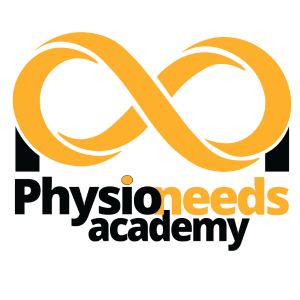Master Static & Dynamic Neuromuscular Stabilization (SDNS)
Empower your clinical skills with a proven approach to posture, stability, and control.
Enroll NowWhat is SDNS?
Static & Dynamic Neuromuscular Stabilization (SDNS) is a therapeutic and rehabilitative approach rooted in developmental kinesiology. It focuses on retraining the body’s natural movement patterns by mimicking the motor and postural development seen in infants during their first year of life.
The goal is to restore optimal breathing, posture, and movement by activating the body’s integrated stabilizing system—especially the spine and core—through both static positions and dynamic transitions.
SDNS emphasizes the role of the diaphragm in both respiration and stabilization, and it uses specific developmental positions to correct faulty movement patterns, improve joint centration, and enhance neuromuscular control.
This method is particularly effective in addressing musculoskeletal dysfunctions, improving athletic performance, and preventing injuries by reinforcing proper motor control and stability.
Core Stability
Improves spinal control and trunk coordination through developmental positions and proper breathing.
Performance
Boosts athletic function and movement efficiency by refining neuromuscular control and joint alignment.
Injury Prevention
Reduces risk of musculoskeletal issues by reinforcing functional movement patterns and stability.
Course Objectives
- Improve understanding of the basic principles of developmental kinesiology with an emphasis on development during the first year of life
- Identify and describe key milestones in human development
- Introduce the three levels of sensorimotor control in functional assessment and treatment
- Demonstrate the relationship between development during the first year of life and pathology of the locomotor system in adulthood
- Introduce new terminology pertinent to rehabilitation such as functional joint centration, punctum fixum, punctum mobile and the integrated stabilizing system of the spine
- Define ideal postural stabilization from a developmental perspective: intra-abdominal pressure regulation, dual role of the diaphragm in stabilization and respiration, stabilization via co-contraction
- Identify common stereotypes of faulty postural stabilization (“open scissors syndrome”, forward drown posture, backward drown posture, “hour glass syndrome”)
- Explain and demonstrate biomechanics of undifferentiated, ipsilateral and contralateral postural-locomotion patterns; closed and opened kinematic chains, stepping forward and supporting function
- Evaluate and correct poor respiratory patterns
- Demonstrate the correlation between poor respiration patterns and functional pathology of the locomotor system
- Assess the integrated stabilizing system of the spine both visually and utilizing dynamic functional tests
- Integrate corrective exercises based on the DNS functional tests and developmental positions: exercise in undifferentiated static positions; position transfer during locomotor function; exercise progression using unstable surfaces; increased difficulty of the exercises utilizing resistance, dual tasking and other challenges
- Clarify how DNS corrective exercises can integrate with other exercise strategies
- Cover the basics of application of DNS concept in sport training
- Provide basic clinical management explanation for clinicians to better integrate the DNS approach in their regul
Students will receive:
- Course Manual
- Certificate
Examination:
- Theory online/offline Examination
- Practical - Individual Testing
What is granted upon completion:
- Certificate of SDNS
- Length of course: 16 hours
Who this is for:
Ready to Master SDNS?
Take the next step in your physiotherapy journey and transform your clinical practice with Static & Dynamic Neuromuscular Stabilization.
Enroll Now